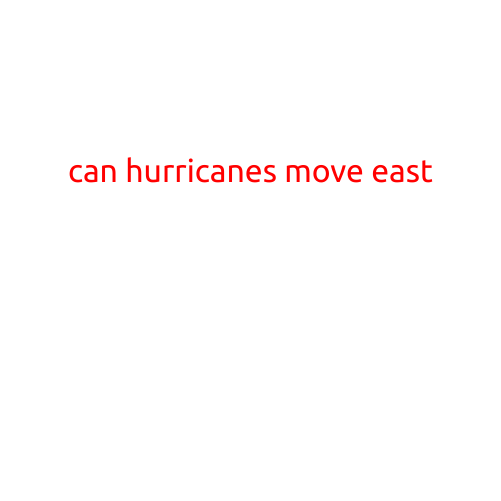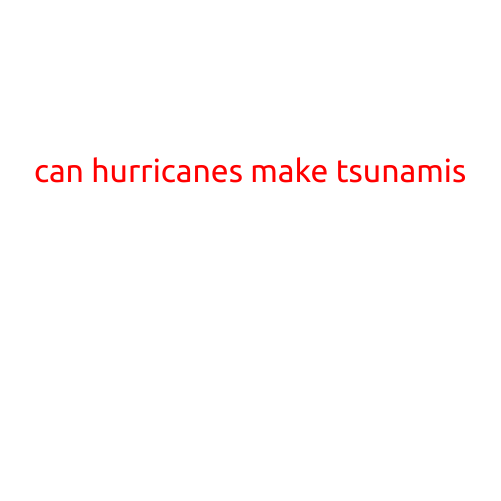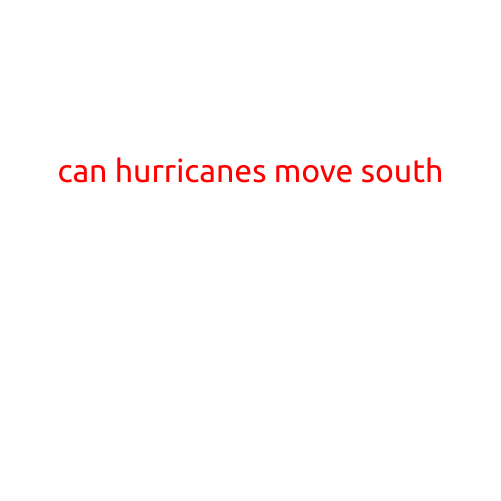
Can Hurricanes Move East?
Hurricanes are powerful storms that can bring devastating winds, rains, and flooding to coastal regions. When people think of hurricanes, they often imagine them making landfall in the Gulf of Mexico or the Atlantic Ocean and causing destruction in the southeastern United States. But what if you’re living on the East Coast? Can hurricanes really move east to impact your region?
Understanding Hurricane Tracks
Hurricanes form over warm ocean waters when a combination of atmospheric and oceanic conditions come together. Warm ocean water, low atmospheric pressure, and moist air create an environment that fuels the storm’s growth. Once a hurricane forms, it begins to move based on the wind shear, atmospheric pressure, and other factors.
Hurricanes typically move in a northwesterly direction, driven by the trade winds and westerlies. This is why hurricanes often make landfall in the southeastern United States, particularly in Florida, Louisiana, and Texas. However, it is possible for a hurricane to curve or change direction, especially if it encounters an area of high pressure or a stronger wind pattern.
Can Hurricanes Move East?
Yes, hurricanes can move east, but it’s relatively rare. When a hurricane does make an eastward turn, it’s often because it has encountered a weak upper-level high-pressure system or a low-pressure system that has weakened the wind shear. This can allow the storm to move more slowly or even change direction.
There are a few reasons why hurricanes might move east:
- Weak high pressure: A weak high-pressure system over the Atlantic Ocean can attract a hurricane, causing it to move eastward.
- Low pressure over land: A low-pressure system over land, such as a cold front or an intense thunderstorm complex, can also influence a hurricane’s track.
- Interaction with other weather systems: Hurricanes can interact with other weather systems, such as a cold front or an upper-level low-pressure system, which can cause them to change direction.
Some notable examples of hurricanes that made an eastward turn include:
- Hurricane Sandy (2012): Made landfall in New York and New Jersey
- Hurricane Irene (2011): Made landfall in North Carolina
- Hurricane Bill (2009): Made landfall in Nova Scotia, Canada
- Hurricane Edouard (1996): Made landfall in North Carolina
Conclusion
While hurricanes can move east, it’s not a common occurrence. The majority of hurricanes make landfall in the southeastern United States, but it’s essential to be aware of the possibility of an eastward-moving storm impacting your region. Understanding the factors that influence hurricane tracks and being prepared for all possible scenarios is crucial to staying safe during hurricane season.
Remember to monitor weather forecasts and updates from trusted sources, such as the National Hurricane Center (NHC), and follow evacuation orders if necessary. By being informed and prepared, you can minimize the risks associated with hurricanes and ensure the safety of yourself and your loved ones.





